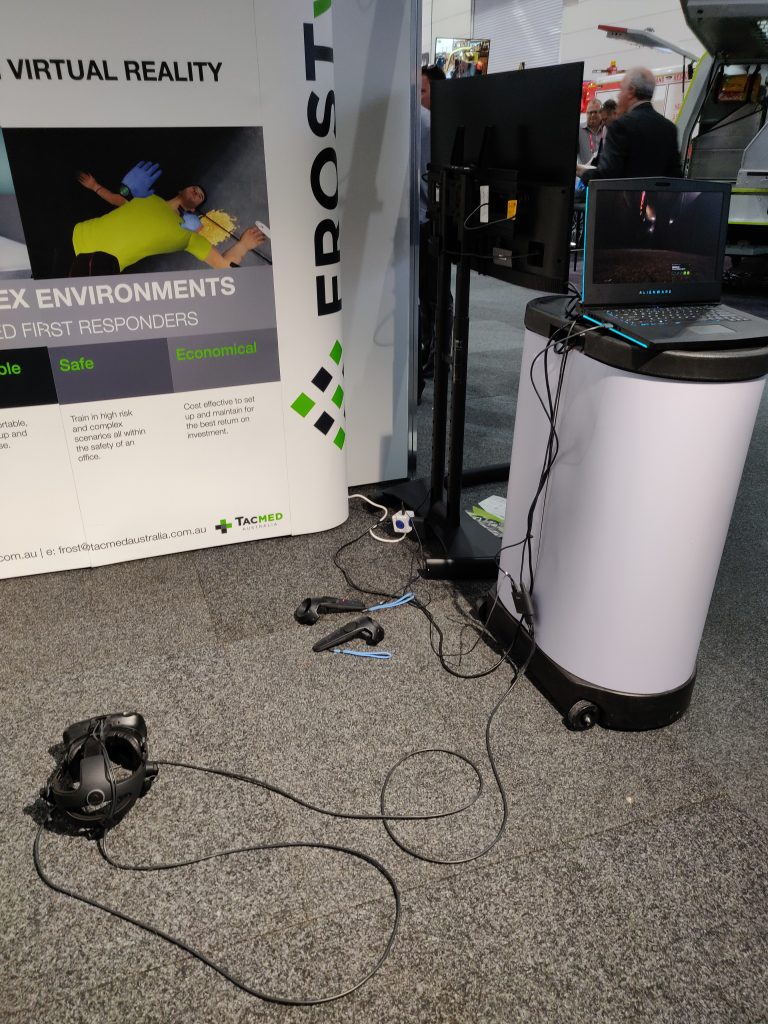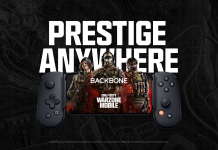Through my commitments to Emergency Services I see and learn a lot of interesting things. This year I’ve travelled to the AFAC conference in Melbourne and as always, there’s a lot to learn. Out of everything I’ve seen on the exhibition floor this year, the move to new utilisation of technology to better serve first responders.
One of those applications is the use oF VR to build new, repeatable and immersive training scenarios. TACMED Australia have introduced First Responder On-Scene Training in VR – FROSTvr for short. It’s built around an HTC Vive setup and the potential future impact is huge.

I know my role that setting up an immersive training experience is difficult. It takes many hours to plan, prepare for and execute. Literally hundreds of hours and if something goes wrong mid-exercise, you have to roll with it, learn from it and share that learning for later use. Where VR has potential for high impact is the repeatability of scenarios.
A big part of this is the mobility of the setup too. The TACMED setup comes in a case, with a laptop and the trainer can walk into any setting. All that is really needed is a few square meters of clear floor space and power making this not only mobile but versatile in training delivery.
Putting it simply, VR offers such a strong training opportunity in the emergency sector because you can:
- Repeat scenarios precisely and consistently
- If mistakes are made: Stop, learn, reset and repeat
- Customisation of scenarios to individual service needs
- Create training scenarios with no risk to responders or the simulated casualties
- Offer training delivery nearly anywhere
As a tech enthusiast and emergency responder, this genuinely excites me and I’m looking forward to seeing where mobile technologies will take the sector.





Very cool, thanks for the tip, am going to think where else this could be used in my work purview…